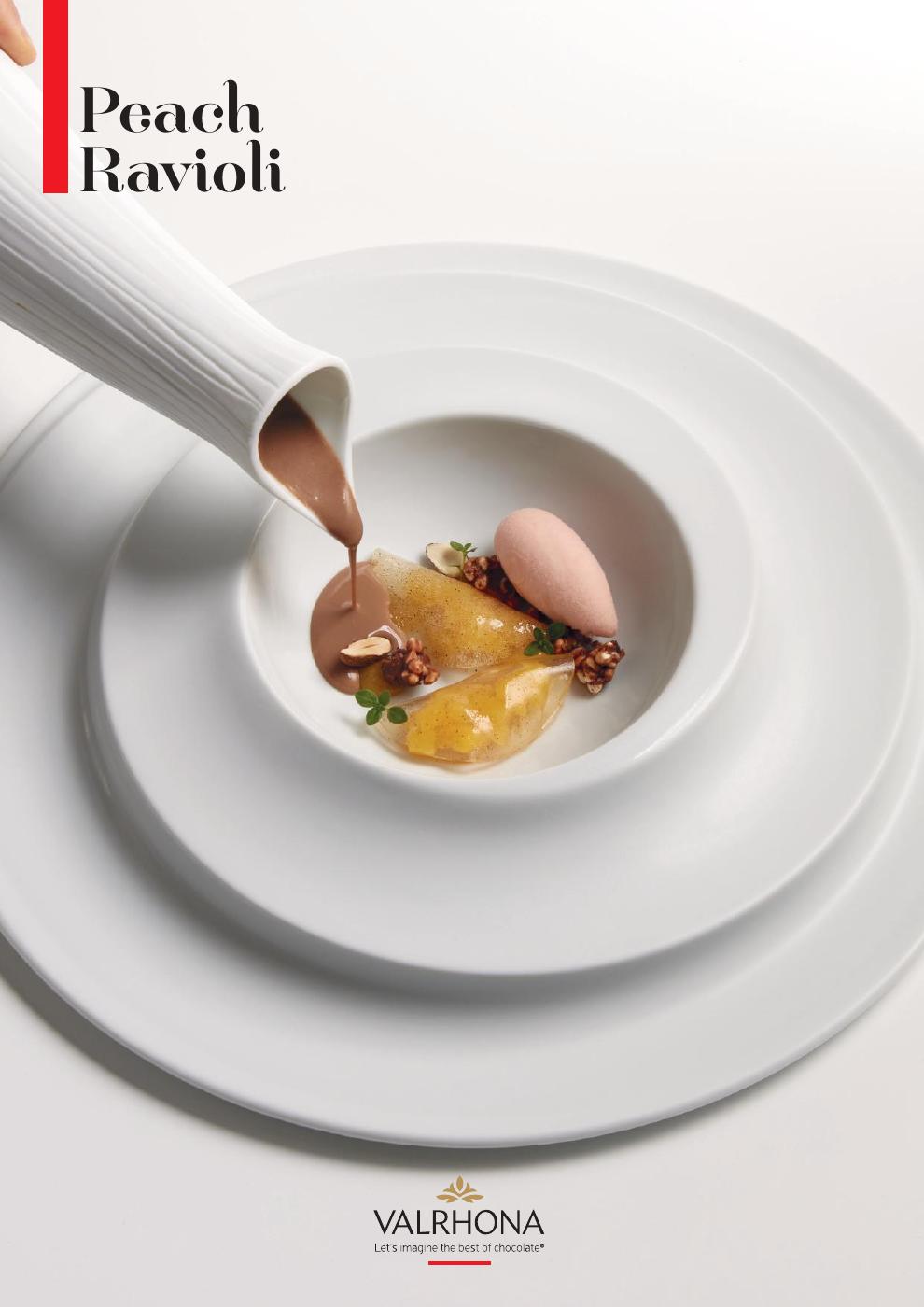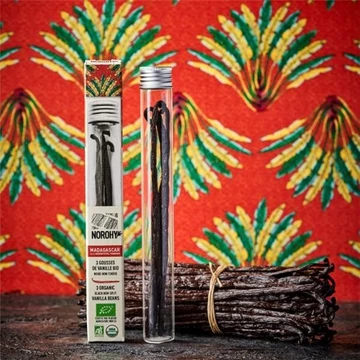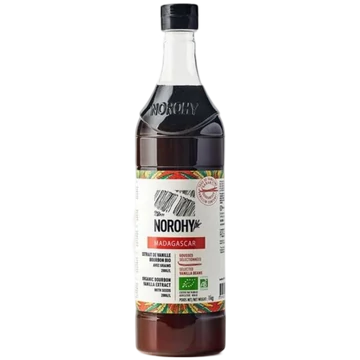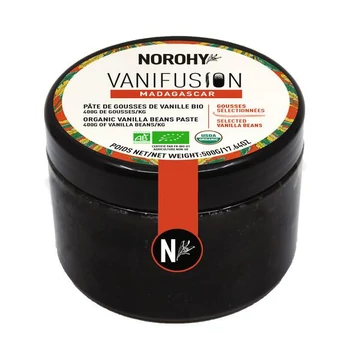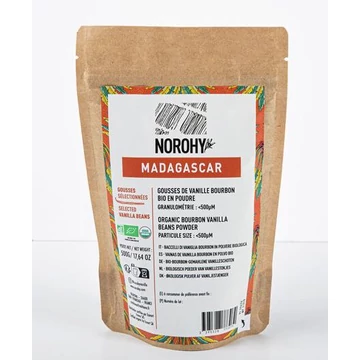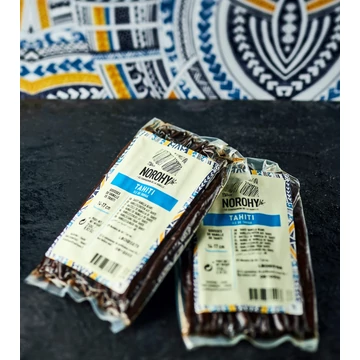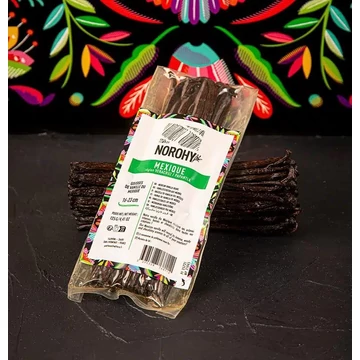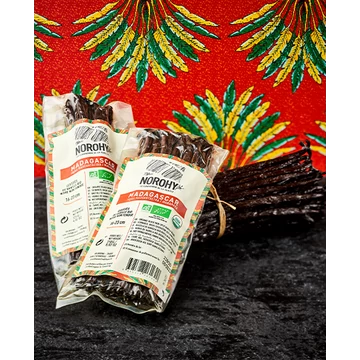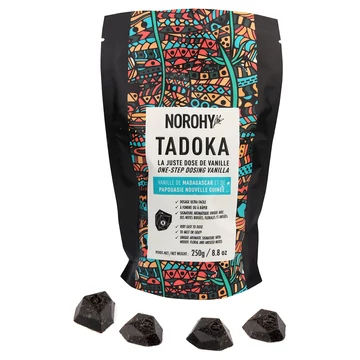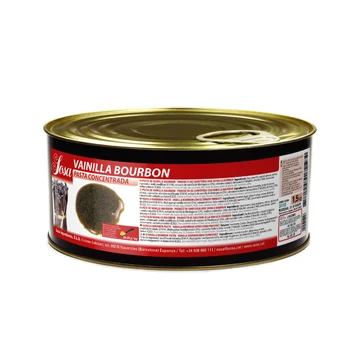THE QUEEN OF ORCHIDS: ALL ABOUT VANILLA
The world of spices is rich in events that have shaped human history. Vanilla, considered the second most expensive spice after saffron, stands as an intriguing exception among other New World plants. Botanically different from tomatoes, potatoes, corn, cocoa, pumpkins, chili, and other revolutionary foods introduced to the world by the New World.
Presumably, it was first cultivated by the Totonac Indians living on the eastern coast of Mexico, and later these territories were conquered by the Aztecs around the 15th century. They called the vanilla fruit "black flower" and demanded the conquered peoples to regularly send it to them. The end of the Aztec vanilla trade was marked by the Spanish conquistador Hernán Cortés de Monroy y Pizarro, who was so fond of the vanilla-flavored Aztec chocolate drink that it soon began to be imported in significant quantities to Spain, where the marriage between cocoa and vanilla became almost exclusive. They believed in its healing, aphrodisiac, and mood-enhancing powers, which led to its independent use spreading.
The evergreen vanilla belongs to the Orchidaceae family, which counts about twenty thousand species, and specifically to the Vanilla genus. While native to Mexico, Central America, and the Caribbean islands, its other relatives can be found in tropical and subtropical regions. The most common type known today is the Vanilla planifolia, a perennial climbing plant that clings to tree trunks. It mostly thrives at elevations between 250-750 meters above sea level in rainy karst areas. What we know and buy as vanilla is the sun-dried pod of an orchid climbing tropical trees. The black, fermented fruit contains an average of 1.5-2.7% vanillin, depending on the cultivation location (1.5% in Sri Lanka, 1.75% in Mexico, 2.7% in Indonesia).
The most common variety is Vanilla Planifolia, but we can also encounter the Vanilla Pompona (Guadeloupe Vanilla) from West Indies or the Tahitian vanilla (Vanilla Tahitensis). Tasting Tahitian vanilla is an entirely new dimension of experience! Its complex, luxurious, intensely aromatic, exotic, and sensual flavor profile reflects notes of sweetness, cherry, and spice.
The term "worth its weight in gold" sounds better, and while this is a common phrase, in reality, vanilla's value now rivals that of silver and is the second most expensive spice on the market after saffron.
Most people attribute the price increase to climate change. Due to well-known climate change phenomena, there is less yield, but demand has not decreased. A half-kilo of vanilla currently costs nearly a thousand dollars (300,000 HUF).
This has led to frequent thefts in the cultivation areas, where the plant is uprooted, causing irreversible damage. If ever, ethical trade is truly a matter of life and death here, and this is where the French NOROHY comes into play.
The NOROHY story began in Madagascar, where the words Noro and Rohy mean "light" and "connection" in the local language. These two terms perfectly illustrate the company's mission: to create a connection between producers and chefs.
At NOROHY, they are passionate about vanilla, and their goal is to highlight the importance of ethical sourcing.
NOROHY owes its existence to a meeting between a vanilla farmer and a pastry chef when Madagascar's Trimeta and French Valrhona came together with a unique goal: to offer the best from both worlds. From the world's best terroirs to the most sophisticated gastronomic trends and technologies, NOROHY is with you every step of the way!
Content tags: Norohy
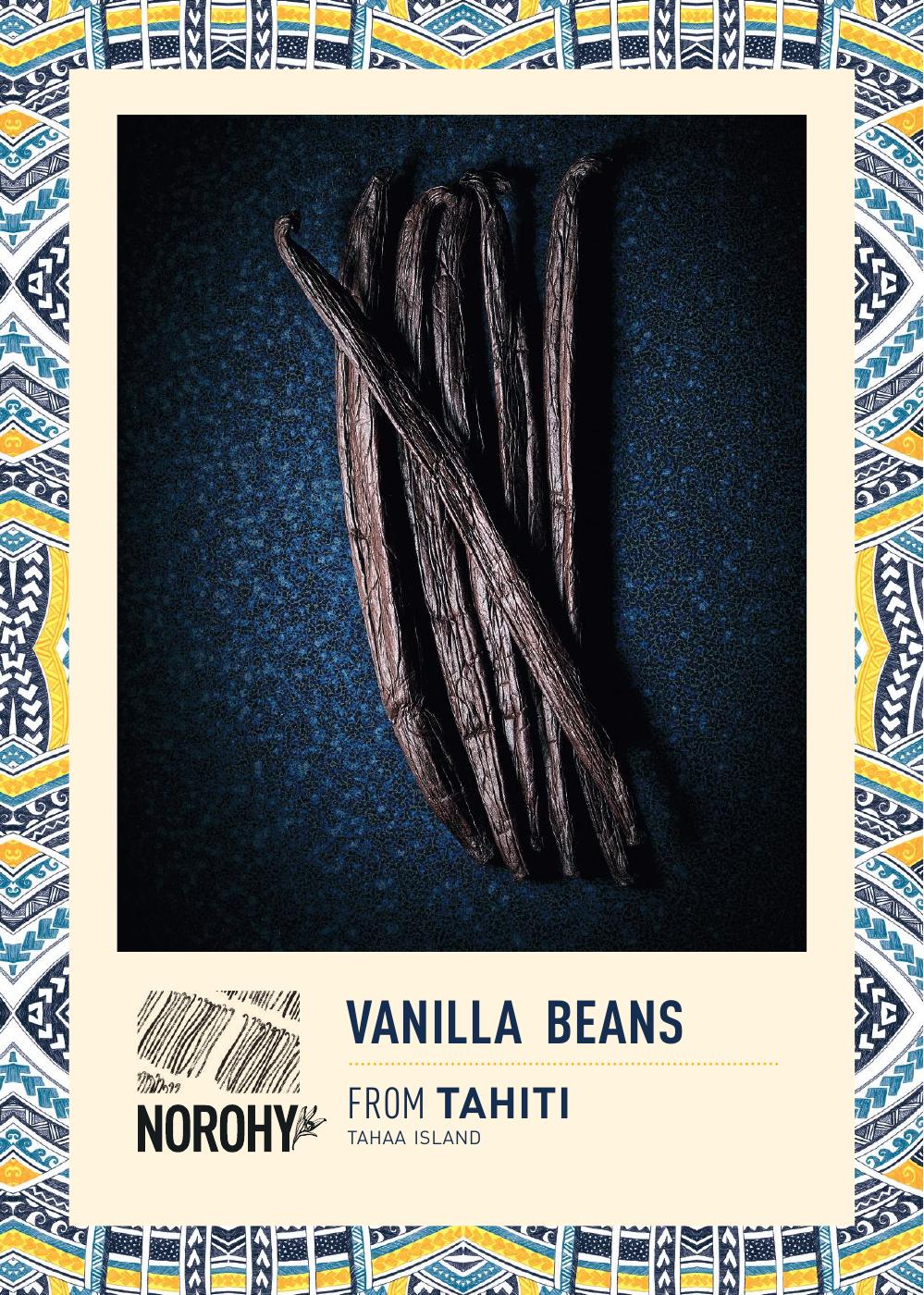
.png)
